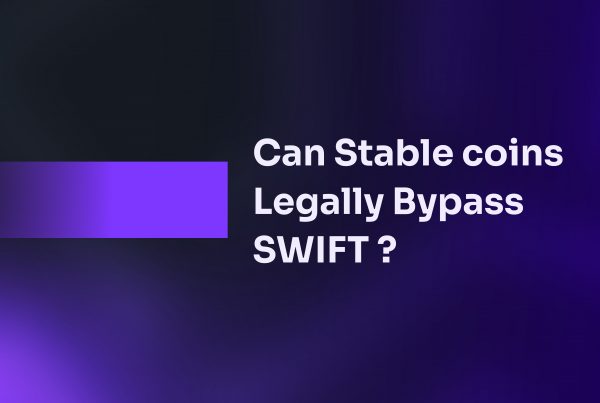These days, fintechs are more friends than foes to banks with several collaborations between the two spheres of the financial industry
Amidst the fintech boom in Africa, there have always been talks of banks being under threat from the insanely fluid, quick and innovative fintech startups. Those early conversations depicted fintechs as disruptors and threats, but the tone has since changed.
These days, fintechs are more friends than foes to banks with several collaborations between the two spheres of the financial industry. As the relationships have evolved, fintechs and banks are leveraging on their strong points to collaborate.
In April, one of Africa’s traditional banks, Ecobank, held a Fintech Breakfast Series in Lagos and had industry enthusiasts take turns to speak on the need for collaboration and partnerships between banks and fintechs.
One of the speakers in the series was Tomilola Adejana, CEO of Bankly, a fintech startup that digitises cash for the unbanked. She spoke about how the company collaborated with banks to scale in her session.
She mentioned two types of partnerships that Bankly had with banks and two others she expects to see in the future.
1. Partnership for regulatory compliance
At the start, fintech startups often have lots of doubts about their product offerings and need several iterations before settling. Adejana advises that startups should not go all out looking for licences during these early stages.
During those test stages, Bankly partnered with banks to use their licences.
”I had to use a hypothesis testing model, and I had to say this is the hypothesis question, now what am I going to see in the market? Getting the right regulatory licence at a time when you are still testing, you don't even know what this is, you don't even know what specific licence it will involve and licensing takes time. So one of the things we did was to approach a bank and say this is what we are attempting to do, and this is a value for you.
”In that relationship, we wanted to move quickly to the market; the bank knew that we would be agile in moving quickly to the market and the hunger, they could leverage it to understand what is possible in this space.
”They are regulated, so they could be our regulatory sandbox, more like holding our hands and telling us, 'this is what you are allowed to do, this is what you are not allowed to do. When it's time to answer to the regulators, they are able to be the buffer and say this is what we have allowed them to do. And that was what saved us.
”It is important because I've had people in the space who wanted to step in and build something, and sometimes, during COVID especially, it took two years to get the licence, and life had moved on from what they wanted to do and by the time the licence came.
2. Vendor relationship
During those early stages, the CEO of Bankly said they used technology from banks while they were still testing.
”They already had a technology infrastructure as much as we were building internally, it was important that we go speak to them. We used their APIs to power wallet creation for transfer and whatever service. They charged us for it, we put a slight mark up and the share of the pie typically stays with the bank.
Here, Adejana noted that in these collaborations and relationships, banks often have more power than fintechs, at least in the early stages. Because of this power dynamic, she advised startups to always test before signing partnership contracts.
”Have a pilot at least 30 days before you sign that contract; when we pivoted to agency banking in March 2020. Just before COVID hit, was when we first deployed the first 100 terminals. If I hadn't tested the 100 terminals; if I had signed the contract with whatever partner I was working with at that time, it could have been brutal; I wouldn't have been able to get out of something that would have killed the company.
”At the end of the day, you have to understand that the bank is solving for itself; you have to solve for yourself. Their stakeholders might not be the same as yours so it's important you test. After testing the 100 terminals, I was able to quickly flag clauses in the contract that would not fly and that saved the company.
3. Strategic investment
Adejana expects to see acquisitions and investment from these collaborations in the future.
”We haven't seen bank and fintech strategic investment, and I think it is important. To remain appealing and competitive, banks need to move into an agile customer-centric organisation. Like you see, even the telcos are trying to be fintech at heart. But by becoming it, it's not just about branding; it's about the culture from inside, it's about the people. And so sometimes, that strategic investment is a pipeline to having fintech talents come to change things from within. We need to see such mergers and acquisitions within the space.
4. Research and product market collaboration
Adejana also wants to see fintechs and banks collaborating on research and product marketing, although she also believes that the conflicting goals of both will be a challenge.
”Oftentimes, one of the challenges is that there is always a conflicting goal; what the fintech wants and what the bank wants. At the end of the day, they want the same thing, the customer, that could be a challenge




